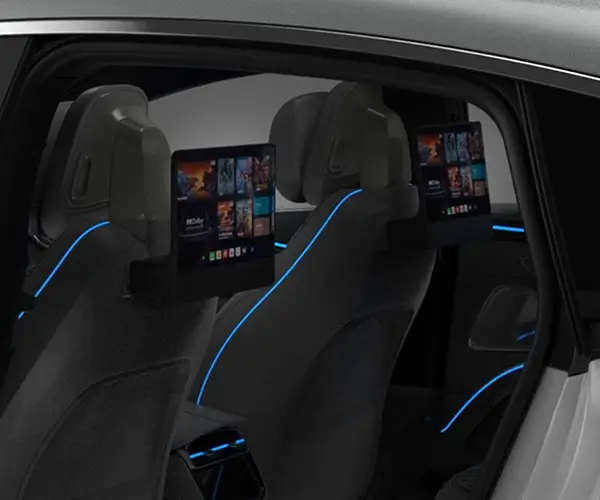part 1: In the fast-evolving landscape of industrial automation, the quest for greater precision, efficiency, and reliability never ceases. At the heart of this technological revolution lies a critical component: the servo motor driver. Among the various types available, the direct drive servo motor driver stands out as a game-changer, promising seamless integration, exceptional performance, and a new level of control for modern machinery.

Understanding the Direct Drive Servo Motor Driver
To appreciate the significance of a direct drive servo motor driver, it’s essential first to understand its core purpose. A servo motor driver is essentially the brain that communicates with the motor, providing controlled electrical signals to drive movement with accuracy. Unlike traditional gear-driven or belt-driven systems, direct drive servo systems eliminate intermediary mechanical components, connecting the motor directly to the load. This not only reduces mechanical complexity but also enhances the responsiveness and precision of the system.
The “direct drive” concept signifies that the motor is mounted directly onto the operational component—such as a spindle, a rotary table, or a linear axis—without the need for gears or pulleys. This architecture offers notable advantages:
Reduced Mechanical Loss: Eliminating gears reduces energy losses and enhances efficiency. Higher Precision: Direct coupling ensures minimal backlash and slippage, translating into more accurate motion control. Lower Maintenance: Fewer mechanical parts mean less wear and tear, decreasing downtime and maintenance costs. Improved Dynamic Response: Direct drive systems can accelerate and decelerate more rapidly, significantly improving cycle times.
Technological Innovations in Direct Drive Servo Drivers
The evolution of direct drive servo motor drivers has been fueled by advances in electronic design, control algorithms, and materials science. Modern drivers incorporate sophisticated features such as:
Field-Oriented Control (FOC): This advanced control strategy enables precise management of torque and speed, resulting in smoother motion and better responsiveness. High-Frequency Power Conversion: Improved power electronics allow for rapid, accurate current regulation, crucial for high-speed applications. Integrated Feedback Systems: Compatibility with high-resolution encoders ensures that the driver continuously adjusts motor operation for optimal accuracy. Digital Communication Protocols: Compatibility with EtherCAT, EtherNET/IP, and PROFINET networks facilitates seamless integration into complex automation environments.
Why Choose a Direct Drive Servo Motor Driver?
In many industrial scenarios, the choice of motor driver determines the ultimate quality, speed, and longevity of the application. Here are some compelling reasons driving the adoption of direct drive systems:
Enhanced Precision for Complex Tasks: For applications like semiconductor manufacturing and precision laser cutting, even fractions of a micron matter. Direct drive servo drivers deliver this level of control without the distortions introduced by gears or belts.
Energy Efficiency and Cost Savings: By minimizing mechanical components and reducing energy losses, these drivers contribute to lower operational costs over their lifespan.
Quiet and Smooth Operation: The elimination of gear mesh noise and the smooth modulation of torque yield quieter operation, ideal for laboratory or medical environments.
Better Environmental Sustainability: Fewer parts and higher efficiency make direct drive systems more environmentally friendly, aligning with industry trends toward sustainable manufacturing.
Applications Across Industries
The versatility of direct drive servo motor drivers makes them suitable across a vast range of industries:
Semiconductor and Electronics Manufacturing: Where nanometer-level accuracy is crucial. Robotics: For precise movement and high responsiveness. CNC Machining: Offering superior control for complex machining operations. Medical Equipment: Such as imaging devices that demand smooth, vibration-free movements. Aerospace: For testing and manufacturing processes that require high stability and accuracy.
Future Trends
Looking ahead, the integration of artificial intelligence (AI) and machine learning into servo control systems is poised to revolutionize the capabilities of direct drive drivers. Adaptive algorithms could allow systems to optimize performance in real-time, predict maintenance needs, and further push the boundaries of precision and efficiency.
In the next section, we will delve into specific case studies, technological challenges, and innovations shaping the future landscape of direct drive servo motor drivers. These insights will highlight how industries are harnessing this technology to redefine what's possible in automation and manufacturing.
Leveraging innovations in modular drive technology, Kpower integrates high-performance motors, precision reducers, and multi-protocol control systems to provide efficient and customized smart drive system solutions.




































